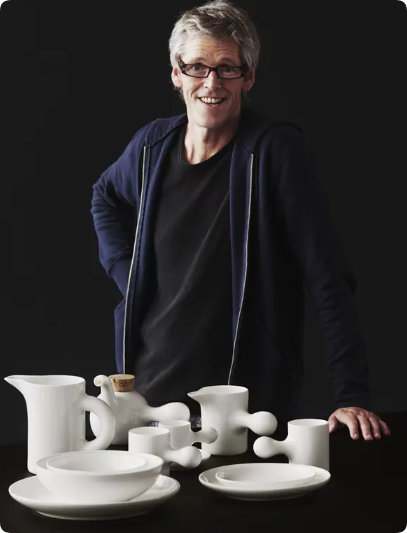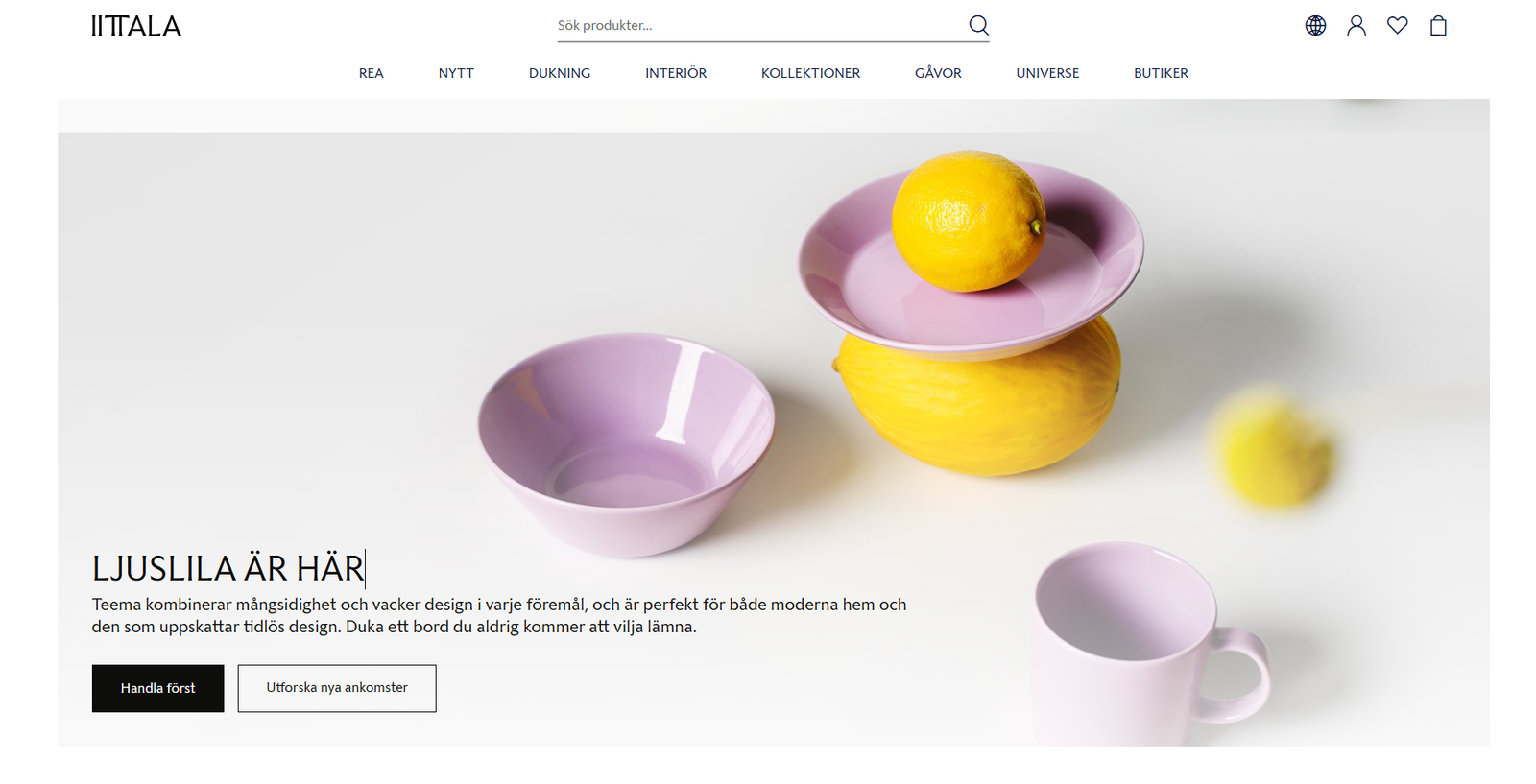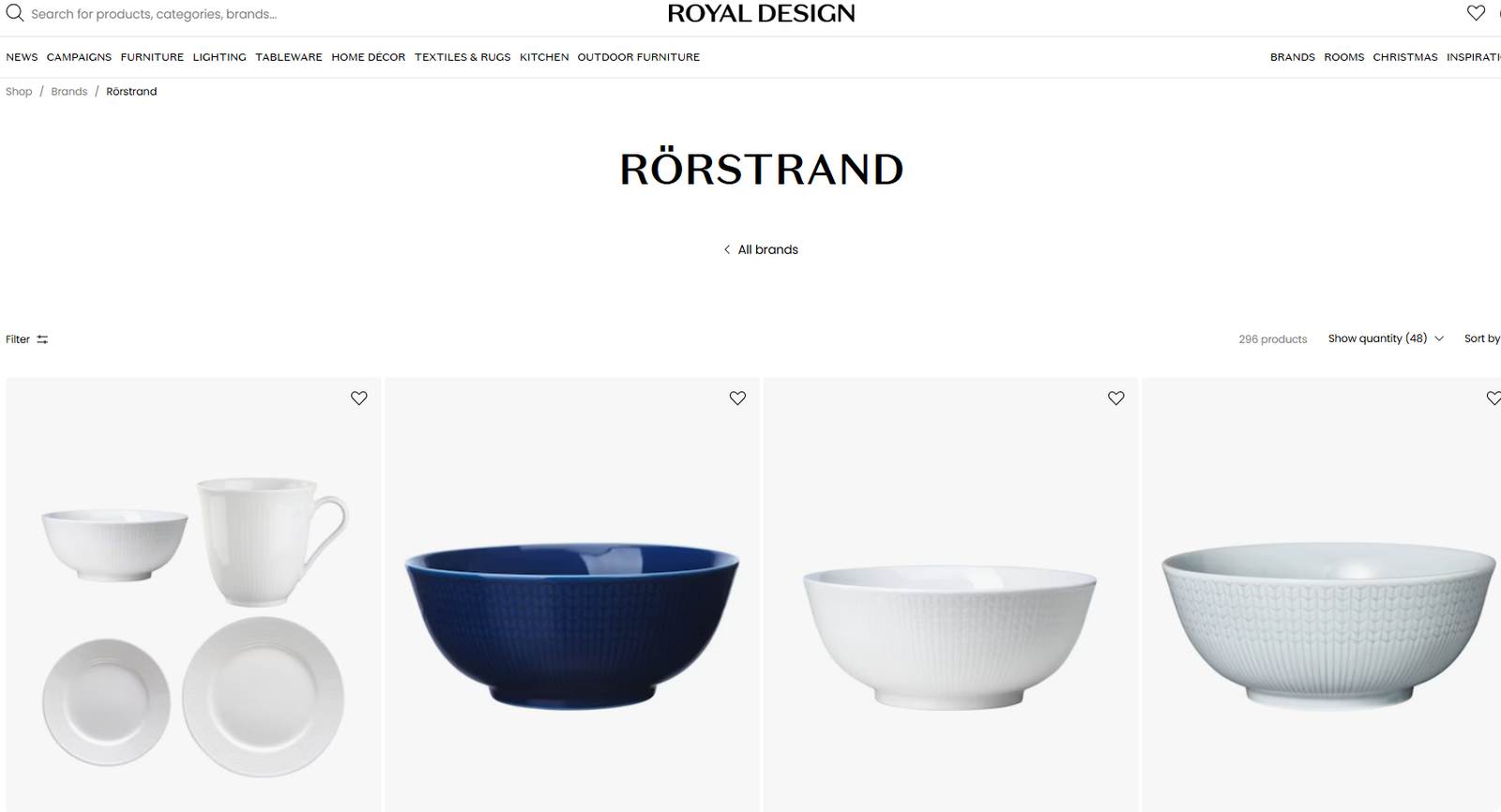In recent years, Scandinavian design has seen a significant surge in popularity across the globe. Known for its clean lines, functionality, and understated beauty, Scandinavian design principles have become synonymous with modern living. Among these principles, the rise of minimalist ceramic tableware has been particularly notable. This trend not only reflects the region’s values of simplicity and quality but also speaks to a broader global movement towards minimalism in everyday life.
In this blog post, we will explore the factors contributing to the rise of minimalist ceramic tableware in Scandinavian countries, examine the design trends influencing this shift, and discuss the implications for global manufacturers and retailers. By the end of this article, you’ll have a comprehensive understanding of how this trend is shaping the ceramic tableware industry and what it means for businesses looking to cater to this growing demand.
Why Minimalism is Gaining Traction in Scandinavian Tableware
1. Cultural Roots of Scandinavian Minimalism
Minimalism in design is deeply ingrained in Scandinavian culture. The region’s design philosophy values simplicity, functionality, and natural beauty. The Scandinavian “hygge” lifestyle—often translated as a cozy, comfortable atmosphere—emphasizes creating spaces that are not cluttered but instead feature beautiful, functional items that are easy to use and aesthetically pleasing.

When it comes to ceramics, this cultural focus on quality over quantity has led to an increased demand for tableware that is simple, durable, and versatile. Ceramics that feature neutral colors, clean lines, and understated elegance align perfectly with these cultural values, making them ideal for the Scandinavian market.
2. Sustainability and Functionality
Another key factor driving the popularity of minimalist ceramic tableware in Scandinavia is the region’s commitment to sustainability. Scandinavian countries have long been leaders in environmental awareness, and consumers are increasingly looking for products that are not only beautiful but also environmentally friendly. Ceramic tableware fits this demand because it is durable, reusable, and often made with sustainable materials.
Furthermore, minimalist designs allow for greater versatility, making it easier for consumers to mix and match pieces. This means that people can invest in high-quality, timeless tableware that will last for years without the need to constantly replace it.
The Design Evolution: From Tradition to Contemporary Minimalism
1. Traditional Scandinavian Ceramic Designs
Historically, Scandinavian ceramic tableware was heavily influenced by traditional craftsmanship, with a focus on functional items that could withstand the test of time. Ceramic pieces were often rustic and simple, with earthy tones and traditional patterns that reflected the region’s rural, Nordic heritage.
However, as Scandinavian countries modernized and industrialized, there was a shift towards more refined, contemporary design aesthetics. The minimalist movement emerged as part of a broader cultural shift towards modernism, which emphasized clean, functional designs that were accessible to everyone.
2. Contemporary Minimalist Ceramic Designs
In the modern era, Scandinavian ceramic tableware has evolved to embrace more sleek, minimalist forms. Contemporary designs favor neutral colors like whites, grays, and muted blues, often with subtle textural details or imperfections that give the pieces a handcrafted feel. These designs are streamlined and simple, with a focus on high-quality materials and craftsmanship.

Notably, designers such as Ole Jensen and Arne Jacobsen have become icons in the ceramic design world, creating iconic minimalist pieces that have helped define the contemporary Scandinavian aesthetic. Today, many Scandinavian ceramic manufacturers focus on producing tableware that blends functionality with beauty—designs that are both aesthetically pleasing and practical for everyday use.

Key Trends in Minimalist Ceramic Tableware
1. Neutral Color Palettes
Neutral tones dominate the minimalist ceramic tableware scene in Scandinavia. White, off-white, gray, and muted earth tones create a sense of calm and simplicity. These colors also provide a versatile backdrop that complements a wide range of dining styles, making it easy to mix and match different sets.
In addition, these colors often emphasize the natural beauty of the ceramic material itself. Minimalist ceramic pieces often feature subtle textures that highlight the hand-crafted nature of the product, enhancing the visual appeal without overwhelming the senses.
2. Simplicity and Functionality
The hallmark of minimalist Scandinavian ceramics is the emphasis on functionality. Each piece of tableware is designed to be practical for everyday use, without excessive ornamentation. The simplicity of the designs allows the focus to remain on the functionality of the items—plates, bowls, cups, and serving pieces that serve their purpose without unnecessary embellishments.
This trend is closely linked to the idea of “slow living” and the desire for high-quality, durable products that will stand the test of time. Consumers are increasingly seeking out ceramic pieces that are not only beautiful but also functional and versatile.
3. Sustainable Materials and Eco-friendly Production
Sustainability is a central concern in Scandinavian design. Many minimalist ceramic tableware brands are turning to sustainable materials, such as clay sourced from local regions, as well as eco-friendly glazing and production processes. The emphasis is on creating pieces that will last for generations, reducing the need for constant replacements.
In addition to the materials themselves, the production process is also considered. Scandinavian ceramic manufacturers are adopting more sustainable methods, such as reducing waste, using less energy, and employing ethical labor practices.
Comparison of Popular Minimalist Ceramic Tableware Brands
Below is a comparison of popular Scandinavian ceramic tableware brands that have embraced the minimalist design trend. The table highlights key features such as product range, material quality, design philosophy, and sustainability practices.
| Brand | Product Range | Material Quality | Design Philosophy | Sustainability Practices |
|---|---|---|---|---|
| Fiskars | Plates, Bowls, Mugs, Teapots | High-quality porcelain | Clean, simple lines, functional | Uses locally sourced materials, eco-friendly production methods |
| Iittala | Dinnerware, Glassware | Stoneware, Porcelain | Modern, sleek, and timeless | Focus on durability, sustainability initiatives, recyclable packaging |
| Royal Copenhagen | Dinnerware, Serveware | Bone china, Porcelain | Elegant minimalism with subtle luxury | Emphasis on long-lasting quality, ethical sourcing |
| Rörstrand | Plates, Bowls, Mugs | Stoneware, Porcelain | Classic Scandinavian, clean, functional | Sustainability commitment, eco-conscious designs |
| Design Letters | Plates, Bowls, Cups | Porcelain | Minimalist with a playful twist | Focus on sustainability, eco-conscious production |
Implications for Global Manufacturers and Retailers
As Scandinavian minimalist ceramic tableware continues to gain traction, global manufacturers and retailers must adapt to meet the demand for these products. The rise of this trend has created a number of opportunities, particularly for manufacturers in countries like China, which are known for their high-quality ceramics and affordable production capabilities.
1. OEM and ODM Opportunities
Manufacturers offering OEM (Original Equipment Manufacturer) and ODM (Original Design Manufacturer) services can capitalize on this trend by partnering with Scandinavian brands or retailers looking to expand their product offerings. By providing customizable, high-quality minimalist ceramic tableware, manufacturers can tap into the growing demand for these products in Scandinavian countries and beyond.
2. Quality and Design Collaboration
As global retailers look to expand their minimalist ceramic offerings, collaborating with experienced ceramic manufacturers that understand the nuances of Scandinavian design can be a significant advantage. EKA, for example, offers both OEM and ODM services, allowing retailers to design and produce custom ceramic tableware collections that align with the minimalist trends seen in Scandinavian markets.
3. Focus on Sustainability
Sustainability will continue to be a key selling point in the Scandinavian market, and global manufacturers who embrace eco-friendly materials and production practices will have a competitive edge. In particular, ceramics produced using sustainable materials, non-toxic glazes, and energy-efficient processes will resonate strongly with environmentally-conscious consumers in Scandinavia.
Conclusion: Embracing the Minimalist Trend in Ceramic Tableware
The rise of minimalist ceramic tableware in Scandinavian countries is more than just a passing design trend—it’s a reflection of the region’s values and lifestyle. With a focus on simplicity, functionality, and sustainability, Scandinavian tableware brands have set the stage for a global shift towards minimalism in the home.
For global manufacturers and retailers, this presents a significant opportunity to tap into a growing market that values high-quality, durable, and eco-friendly products. By embracing the minimalist aesthetic and committing to sustainable production practices, businesses can position themselves at the forefront of this design revolution.
If you’re looking to develop a collection of minimalist ceramic tableware that aligns with Scandinavian design principles, consider working with a trusted manufacturer like EKA. With expertise in both OEM and ODM services, EKA can help you create a custom collection that meets the demand for simplicity, functionality, and timeless elegance in the Scandinavian market and beyond.
By exploring the rise of minimalist ceramic tableware in Scandinavian countries, this article provides valuable insights into the growing demand for simple, functional, and sustainable designs. For global manufacturers, understanding these trends and adapting to consumer preferences can provide a competitive edge in this dynamic market.




